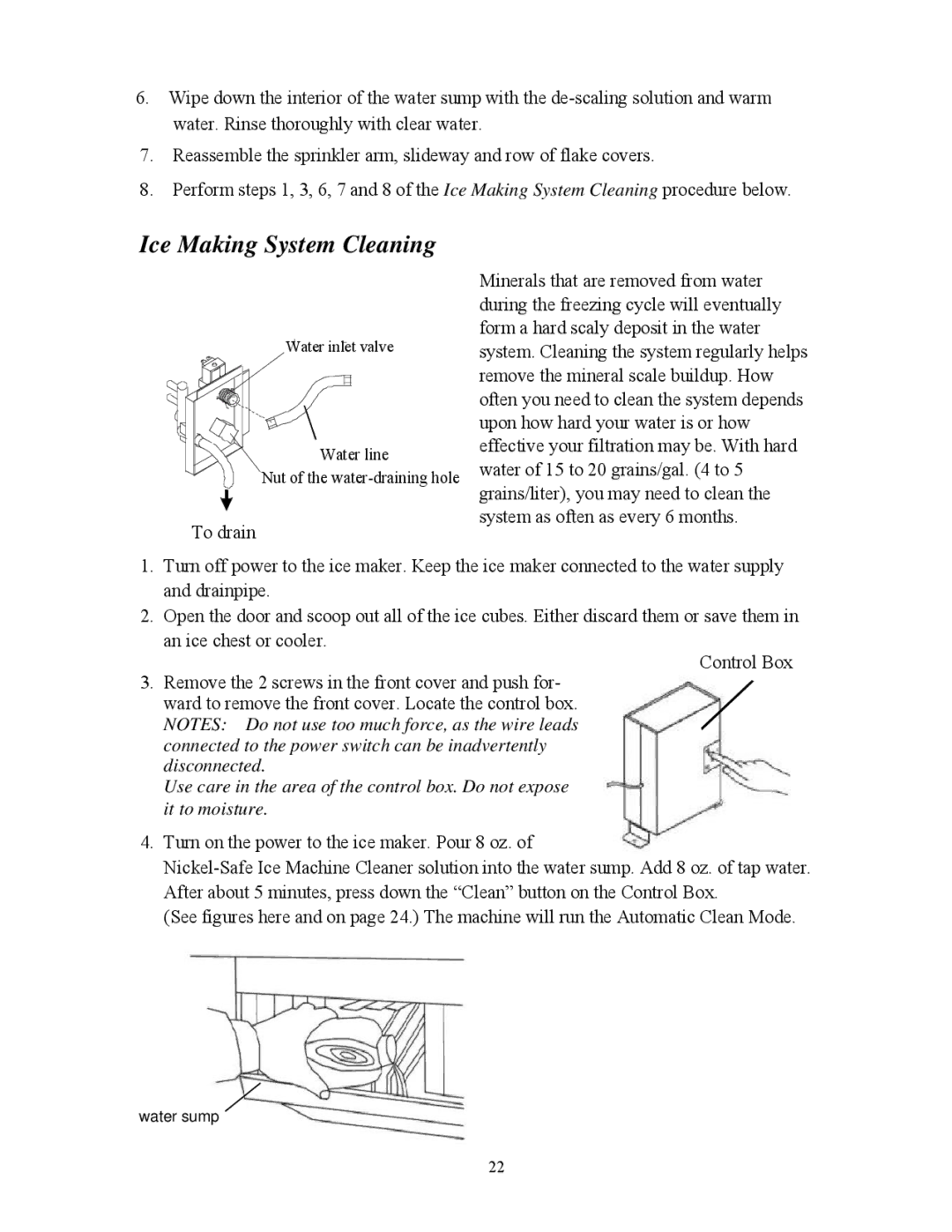BIM70 specifications
Summit BIM70 is a cutting-edge Building Information Modeling (BIM) software solution designed to enhance collaboration and streamline project management in the architecture, engineering, and construction (AEC) sectors. With its robust feature set and user-friendly interface, it has quickly become a preferred tool for professionals seeking to improve efficiency and accuracy in their workflows.One of the standout features of Summit BIM70 is its advanced 3D modeling capabilities. Users can create highly detailed models that incorporate geometry, spatial relationships, and even attributes of building components. This allows for better visualization and communication among project stakeholders, ensuring everyone is on the same page from the initial design phase through to construction and maintenance.
Another key technology in Summit BIM70 is its real-time collaboration functionality. The platform supports multiple users working simultaneously on a single model, enabling teams to share updates, comments, and revisions instantly. This feature significantly reduces the likelihood of errors and miscommunication that can arise in traditional workflows, fostering a more integrated and cooperative working environment.
Summit BIM70 also incorporates powerful analytical tools that enable users to perform energy analysis, structural simulations, and cost estimates directly within the software. These capabilities allow for better decision-making early in the project lifecycle, leading to designs that are not only aesthetically pleasing but also energy-efficient and within budget constraints.
The software is compatible with various file formats and integrates seamlessly with other industry-standard applications, making it versatile and adaptable to existing workflows. Additionally, Summit BIM70 offers customizable templates and libraries, allowing users to standardize their processes and improve productivity.
In terms of user experience, Summit BIM70 features a sleek, intuitive interface that is easy to navigate, even for those who may be new to BIM technologies. Comprehensive training and support resources are also available, ensuring that users can maximize the platform's capabilities.
Overall, Summit BIM70 is at the forefront of BIM technology, offering a powerful suite of features designed to meet the evolving needs of the AEC industry. With its focus on collaboration, analysis, and ease of use, it is poised to help professionals deliver high-quality projects more efficiently than ever before.

